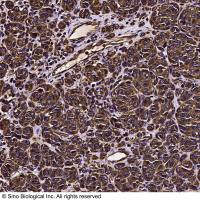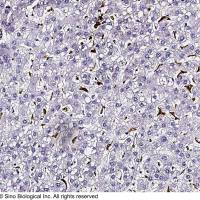Analysis of Antibody-Antigen Interactions Using Surface Plasmon Resonance
互联网
1359
Accurate analyses of antibody specificities and affinities are critical to understanding their role in antibody-mediated neutralization of HIV-1 in vitro and their potential activity against HIV-1 in vivo. Multiple immunologic tools currently exist for measuring antibody-antigen interactions to include enzyme immunoassays (EIA), Western blotting, radioimmunoassays, and others. However, these techniques all require some form of protein labeling or secondary antibodies for detection of specific binding interactions. Disadvantages of protein labeling involve potential alterations in protein tertiary structure, while the use of secondary detection antibodies prohibits the measurement of binding interactions in real-time. Recently, instruments utilizing the physical principal of surface plasmon resonance (SPR) (BIAcore™, Pharmacia Biosensor, Piscataway, NJ) (1 –4 ) have been developed which allow real-time measurements of protein binding interactions without the use of internal labels or secondary antibodies. Proteins of interest are covalently coupled to a flexible biosensor matrix, and kinetic rate constants can be directly extracted from analyses of association and dissociation binding curves. The relative concentration of immobilized protein can be determined allowing, for example, the comparison of binding efficiency of one antibody against a number of different proteins.









